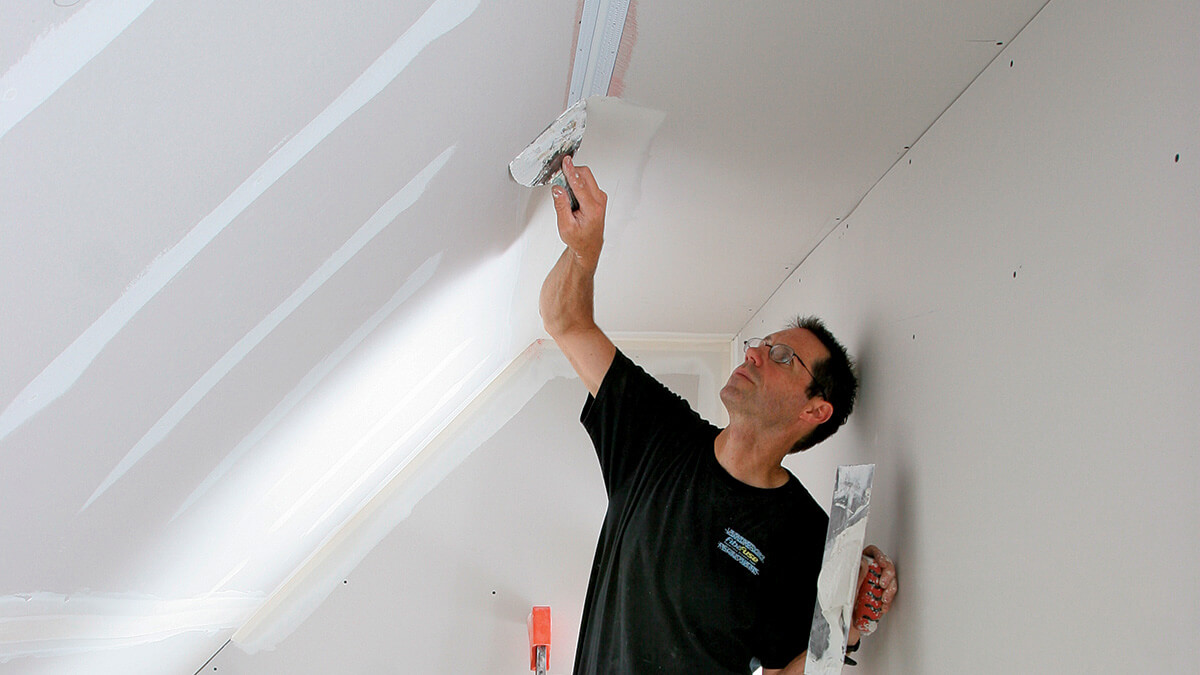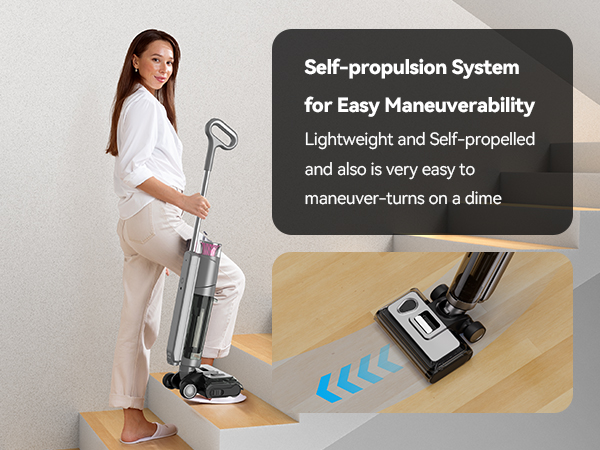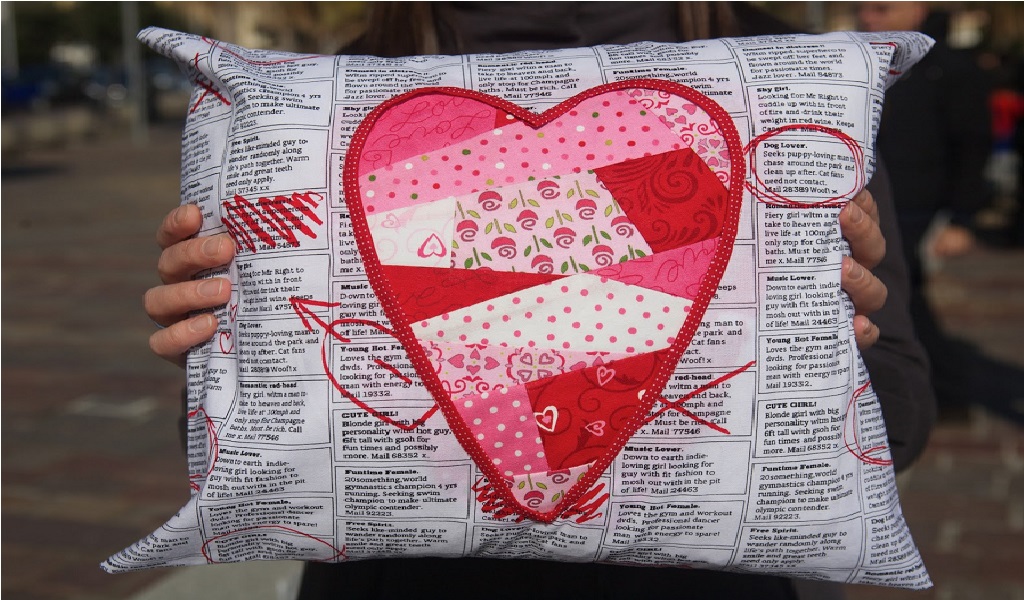When it comes to drywall taping, ensuring a smooth finish can be tricky. However, there are several steps that drywall tapers take to make sure a wall is smooth and even after installation. Here are expert tips to follow to guarantee a professional result.
Read Also: Stone work
Press the Tape Firmly
To make sure drywall tape lays smoothly, it’s important to press it firmly into the compound. Do this by laying a thick bed of joint compound down the centre of the seam. Then, smooth it down to a consistent thickness of about 1/8 inch with a taping knife. When doing so, remember to wet the tape and press it firmly into the joint compound. After the joint compound has reached the right thickness, press the tape into it with your knife, starting from the centre and working toward the ends. Taking these steps to firmly embed the tape into the joint compound will ensure smooth walls and avoid extra work down the line.
Use Setting Compound to Pre-Fill Gaps
Pre-fill gaps in the drywall by using setting type compound, a type of compound that offers rapid hardening and minimal shrinkage compared to regular joint compound. To ensure seamless pre-filling, start the process by removing broken or crushed areas of the drywall and peeling away any leftover paper shreds. Then, mix a small amount of compound to a thick consistency so it sticks to the holes without drooping. Once the compound has set, use the edge of your taping knife to scrape off any lumps. Fill any gaps from top to bottom with setting compound, and also fill gaps between drywall sheets before allowing it to harden prior to applying joint compound and tape.Bottom of Form
Make V-Shaped Grooves at Butt Joints
The butt joints are the toughest areas to tape when it comes to drywall taping. However, there are some tips to follow to ease the process and ensure even taping. Angle a utility knife and cut along the drywall edges to make a groove.Carve a shallow “V” groove between the sheets after hanging them to prevent the paper facing from showing through the taped seam on drywall ends. Fill this groove with setting-type joint compound before covering the seam with joint compound and tape.
Smooth Out Ridges and Bumps
It’s common for drywall tapers to leave bumps and ridges when laying joint compound. This can be avoided by remembering to scrape the joints in between coats to get rid of ridges and bumps using a taping knife. Be sure to hold the knife at a low angle and push it firmly across the taped joints. By doing this, you guarantee there are no streaks in your joint compound that you’ll need to fill in afterward.
Learn More AboutExpert Drywall Taping Techniques Today
There are several tips and tricks that can guarantee a professional drywall taping job. With the right practices and techniques, you can achieve a seamless drywall finish.
If you’re considering a career as a drywall taper, reach out to a professional to learn more about your options.






















